Market Growth Projections
The Global 3D Dental Scanners Market Industry is projected to witness substantial growth over the next decade. With a market value of 3.49 USD Billion in 2024, it is expected to reach 7.95 USD Billion by 2035, indicating a robust compound annual growth rate of 7.78% from 2025 to 2035. This growth trajectory reflects the increasing adoption of advanced dental technologies and the rising demand for precise diagnostic tools in dental practices worldwide. As the industry evolves, stakeholders are likely to focus on innovation and quality to capture a larger share of this expanding market.
Technological Advancements
The Global 3D Dental Scanners Market Industry is experiencing rapid technological advancements that enhance scanning accuracy and efficiency. Innovations such as intraoral scanning technology and improved software algorithms are enabling dental professionals to obtain high-resolution images with minimal patient discomfort. For instance, the integration of artificial intelligence in scanning processes is streamlining workflows and reducing errors. As a result, the market is projected to grow from 3.49 USD Billion in 2024 to 7.95 USD Billion by 2035, reflecting a compound annual growth rate of 7.78% from 2025 to 2035. This trend underscores the importance of adopting cutting-edge technologies in dental practices globally.
Rising Geriatric Population
The Global 3D Dental Scanners Market Industry is significantly influenced by the rising geriatric population, which often requires specialized dental care. As individuals age, they tend to experience various dental issues that necessitate accurate diagnostics and treatment planning. The increasing number of elderly individuals globally is prompting dental practices to invest in advanced scanning technologies to cater to this demographic's unique needs. This shift not only enhances patient care but also drives the demand for 3D dental scanners, as practitioners seek to provide tailored solutions for their aging patients.
Growing Awareness of Oral Health
The Global 3D Dental Scanners Market Industry benefits from the growing awareness of oral health among the general population. Educational initiatives and public health campaigns are emphasizing the importance of regular dental check-ups and advanced diagnostic tools. As patients become more informed about their oral health, they are more likely to seek out dental practices that utilize state-of-the-art technologies, including 3D dental scanners. This trend is fostering a competitive landscape where dental professionals are compelled to adopt innovative solutions to meet patient expectations, thereby driving market growth.
Government Initiatives and Funding
The Global 3D Dental Scanners Market Industry is supported by various government initiatives and funding aimed at improving dental healthcare infrastructure. Many governments are recognizing the importance of advanced dental technologies in enhancing patient outcomes and are investing in programs that promote the adoption of 3D dental scanners. These initiatives often include subsidies, grants, and training programs for dental professionals, facilitating the integration of modern scanning technologies into practices. Such support not only boosts market growth but also ensures that dental care remains accessible and effective for diverse populations.
Increasing Demand for Cosmetic Dentistry
The Global 3D Dental Scanners Market Industry is witnessing a surge in demand for cosmetic dentistry procedures, which require precise imaging for effective treatment planning. Patients increasingly seek aesthetic enhancements, driving dental professionals to adopt advanced scanning technologies that provide detailed visualizations of oral structures. This trend is particularly evident in markets where cosmetic procedures are gaining popularity, leading to a higher adoption rate of 3D dental scanners. As the industry evolves, the need for accurate and efficient scanning solutions becomes paramount, further propelling market growth and encouraging investment in innovative dental technologies.


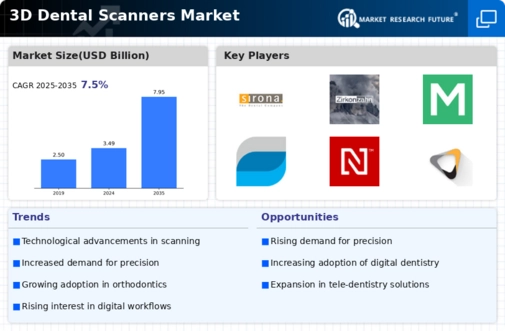
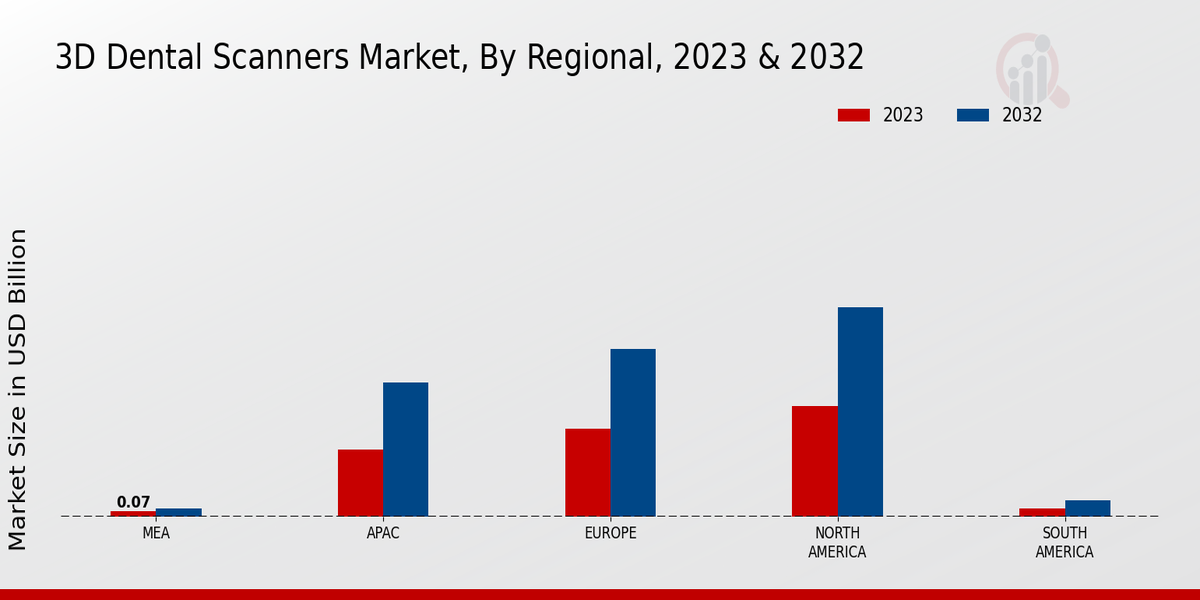
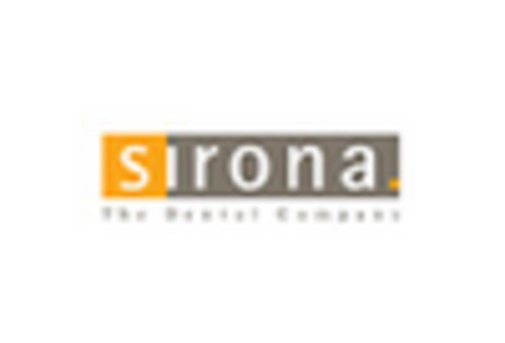
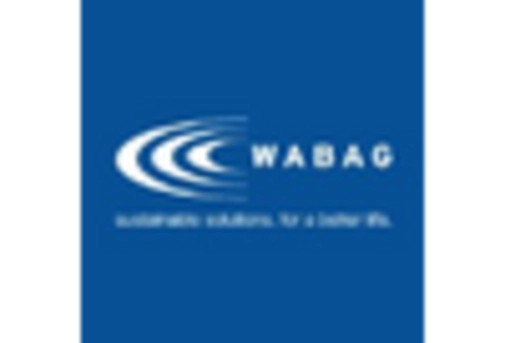
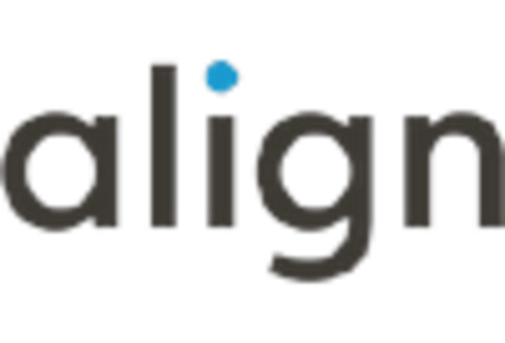





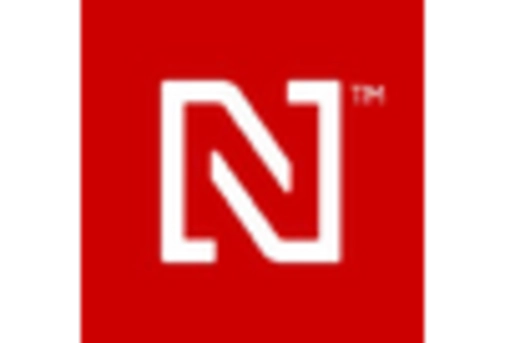

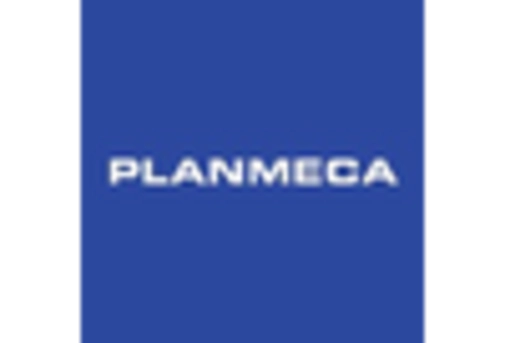
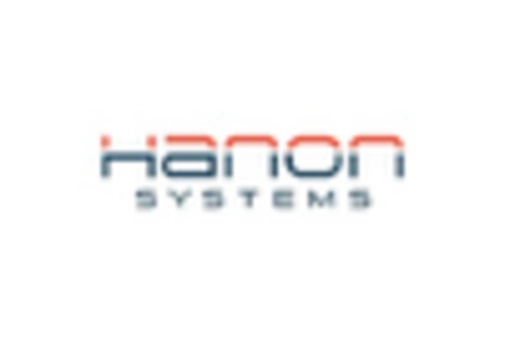








Leave a Comment